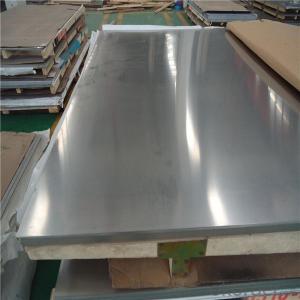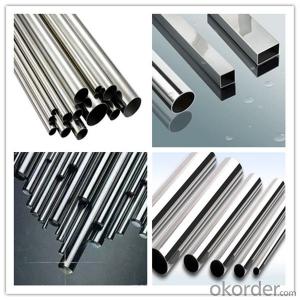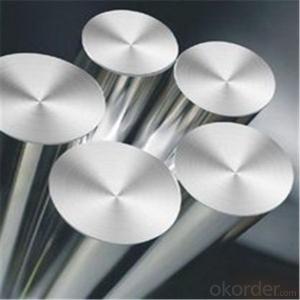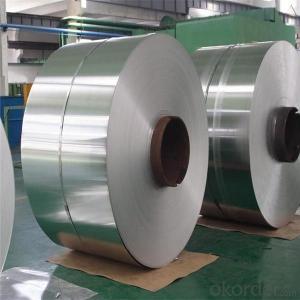Stainless Steel Per Pound
Stainless Steel Per Pound Related Searches
Best Paint For Stainless Steel Blanket Insulation For Steel Buildings Primer For Galvanized Steel Foam Filter For Stainless Steel H S Code For Stainless Steel Surface Grinding Wheels For Stainless Steel Surface Grinding Wheels For Hardened Steel Hole Saw For Stainless Steel Paint For Stainless Steel Stainless Steel For BbqHot Searches
Steel Mesh Panels For Sale Price For Stainless Steel Scrap Scrap Price For Stainless Steel Price For Stainless Steel Stainless Steel Tank For Sale Stainless Steel Sheets For Sale Cheap High Tea Sets For Sale Stainless Steel Tanks For Sale Stainless Steel For Sale High Density Fiberboard For Sale Solar Hot Water Collectors For Sale Scaffolding For Sale In Uae Scaffolding For Sale In Ireland Scaffolding For Sale In Houston Type Of Inverter For Solar Price Of Shipping Containers For Sale Types Of Inverter For Solar Stock Price For Aluminum Used Solar Inverter For Sale Steel Mesh Panels For SaleStainless Steel Per Pound Supplier & Manufacturer from China
Okorder.com is a professional Stainless Steel Per Pound supplier & manufacturer, offers integrated one-stop services including real-time quoting and online cargo tracking. We are funded by CNBM Group, a Fortune 500 enterprise and the largest Stainless Steel Per Pound firm in China.Hot Products
FAQ
- Stainless steel sheets make for suitable elevator doors. They are a popular pick for this purpose because they are durable, resistant to corrosion, and aesthetically pleasing. Elevator doors endure constant use and exposure to various elements, which is why stainless steel is an ideal material. It doesn't easily rust or corrode. Furthermore, stainless steel sheets are easy to maintain and clean, ensuring a long-lasting and visually appealing appearance. The versatility of stainless steel also allows for customization in terms of finishes, textures, and patterns, which means elevator doors can be designed to match the desired aesthetic of the building or space. In summary, stainless steel sheets are a reliable and fitting option for elevator doors.
- Why do drill holes burn on stainless steel plates? What's the best way to drill them?
- Stainless steel is characterized by high toughness, easy to stick the knife, so requires higher hardness of the drill bit, surface finish is better, the drill tip angle than the ordinary drill (130--135 degrees). At the same time, cooling should be sufficient
- Indeed, stainless steel sheets prove to be a fitting option for chemical storage vessels. Renowned for its remarkable resistance to corrosion, stainless steel emerges as an optimal substance for the containment of diverse chemicals. It withstands the majority of acids, alkalis, and solvents, thereby guaranteeing the vessel's integrity and averting any potential chemical interactions or seepages. Furthermore, stainless steel boasts exceptional durability and an ability to endure elevated temperatures and pressures, rendering it an appropriate choice for an extensive array of chemical storage purposes.
- Yes, stainless steel sheets can be used for chemical mixing tanks. Stainless steel is a popular choice for chemical mixing tanks due to its excellent corrosion resistance and durability. It is resistant to a wide range of chemicals and can withstand high temperatures, making it suitable for various chemical mixing applications. Stainless steel sheets are easy to clean and maintain, ensuring the purity of the mixed chemicals. Additionally, stainless steel is non-reactive, which means it does not interact with the chemicals being mixed, ensuring the integrity of the mixture. Overall, stainless steel sheets are a reliable and efficient material choice for chemical mixing tanks.
- Stainless steel sheets have high impact resistance due to their inherent strength and durability. They can withstand heavy impacts without deformation or breakage, making them suitable for various applications where resistance to impact is crucial, such as in construction, automotive, and aerospace industries.
- For decorative purposes, there exist various surface textures for stainless steel sheets. These textures serve to enhance the overall aesthetic appeal of the stainless steel sheet and make it suitable for a variety of applications. Here are some examples of the different types of surface textures available: 1. Brushed Finish: This texture is achieved by rubbing the stainless steel sheet surface with a fine abrasive material, resulting in a smooth and subtle appearance similar to satin. The brushed finish is popular for its pleasing texture, making it suitable for various decorative applications. 2. Mirror Finish: Also known as a highly reflective finish, the mirror finish is achieved by polishing the stainless steel sheet surface to a high gloss. This texture creates a mirror-like reflection and is often used in decorative applications where a sleek and modern appearance is desired. 3. Bead Blast Finish: This texture is created by blasting the stainless steel sheet surface with small glass beads, resulting in a matte and textured appearance. The bead blast finish is commonly used in decorative applications where a non-reflective and textured surface is desired. 4. Embossed Finish: This texture involves creating patterns or designs on the stainless steel sheet surface by stamping or pressing it with a patterned roller or plate. Embossed finishes can vary in pattern and depth, adding a visually appealing and tactile element to the stainless steel sheet. 5. Etched Finish: This texture is achieved by chemically etching the stainless steel sheet surface with an acid or other corrosive substances. Etched finishes can create various designs, patterns, or even images on the surface, making it ideal for decorative applications where intricate detailing is required. 6. Hairline Finish: This texture is created by mechanically polishing the stainless steel sheet surface with fine abrasive belts or brushes, resulting in a narrow and uniform textured pattern. Hairline finishes are commonly used in decorative applications where a subtle and elegant appearance is desired. These examples represent only a fraction of the numerous stainless steel sheet surface textures available for decorative purposes. Each texture offers a distinct visual and tactile quality, providing a wide range of design options when utilizing stainless steel sheets for decorative applications.
- One effective way to cut intricate designs in stainless steel sheets is by using a laser cutting machine. Laser cutting technology allows for precise and intricate cuts, making it ideal for complex designs. The laser beam melts, burns, or vaporizes the material, resulting in a clean and accurate cut without the need for additional finishing. This method ensures high-quality and precise cuts in stainless steel sheets.
- When it comes to acoustics, there are several advantages to using perforated stainless steel sheets. Firstly, they have excellent sound absorption properties. The evenly distributed perforations in the sheets help to scatter sound waves, reducing their energy and preventing them from bouncing back into the room. This reduces echo and reverberation, creating a more comfortable and clear acoustic environment. In addition, these sheets can be customized to meet specific acoustic requirements. The size, shape, and pattern of the perforations can be adjusted to achieve different levels of sound absorption. This allows for precise control over the acoustics of a space, making it suitable for various applications such as concert halls, recording studios, theaters, or office spaces. Moreover, perforated stainless steel sheets are highly durable and long-lasting. They are resistant to corrosion, making them capable of withstanding harsh environments without deteriorating over time. This makes them suitable for both indoor and outdoor use, ensuring consistent acoustic performance for many years. Furthermore, these sheets offer an aesthetic appeal. The perforations can be designed in different patterns and sizes, providing a visually pleasing and modern look. This makes them a popular choice for architectural and design applications, where both acoustics and aesthetics are important. In conclusion, perforated stainless steel sheets offer excellent sound absorption, customization options, durability, and an attractive appearance. These qualities make them a versatile and effective solution for improving the acoustic performance of various spaces.















































